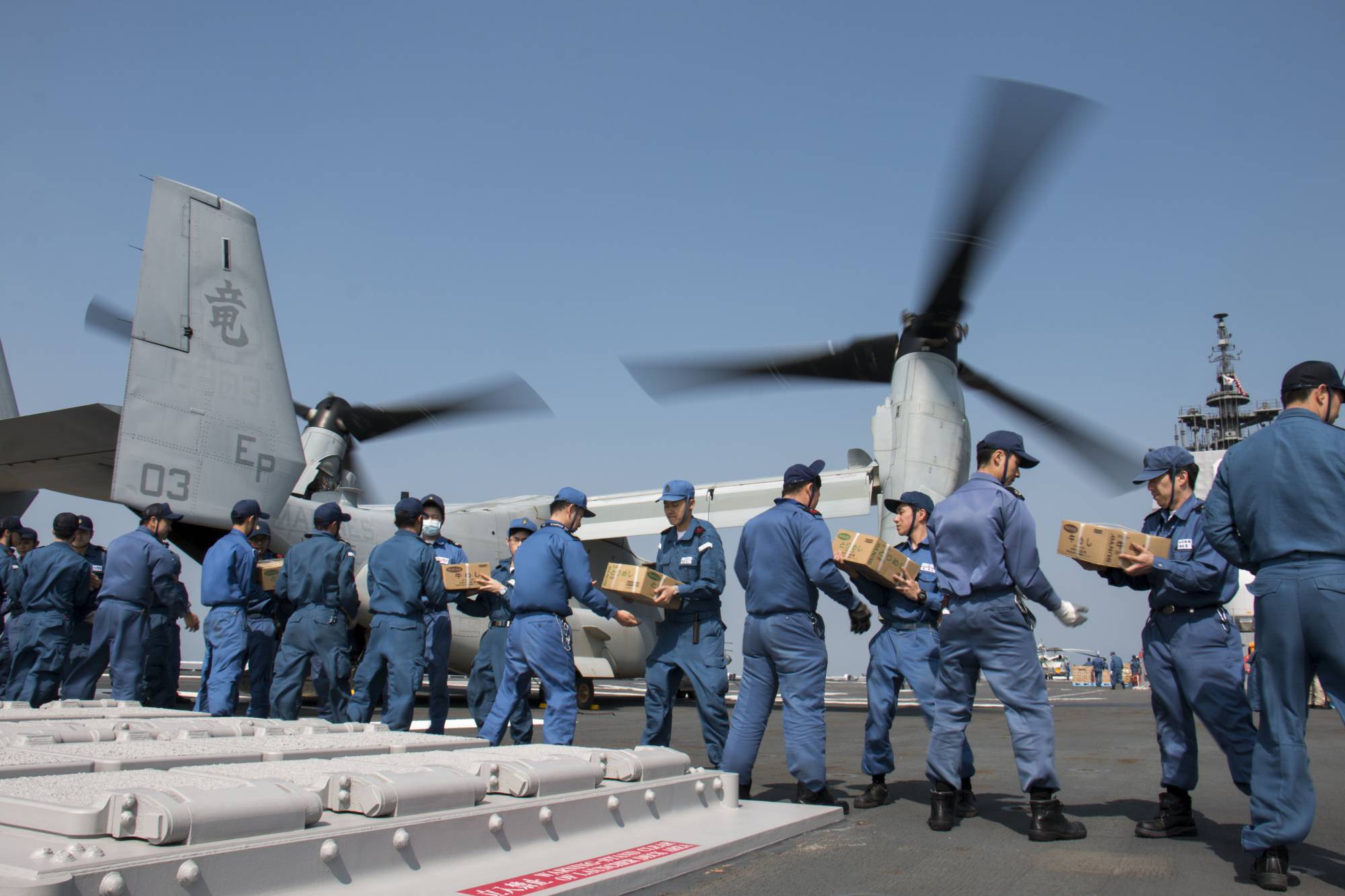The 2011 Great East Japan Earthquake, otherwise known as the triple disaster for the tsunami and nuclear power accident it caused, remains fresh in many people’s minds. Another disaster, or series of disasters, that happened seven years ago, were the Kumamoto earthquakes, which are less known.
It may be because of the much smaller scale of the mid-April 2016 earthquakes or that the number of deaths were relatively low (50 deaths directly attributed to the quakes). Another reason was perhaps the location, in the westernmost part of Kyushu, away from the main population of the country.
But for me, the Kumamoto disaster was an important, albeit sad, harbinger that should not be ignored by Japan or the international community.
















With your current subscription plan you can comment on stories. However, before writing your first comment, please create a display name in the Profile section of your subscriber account page.